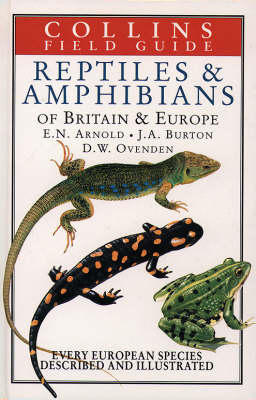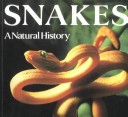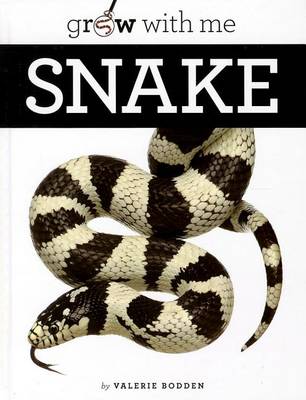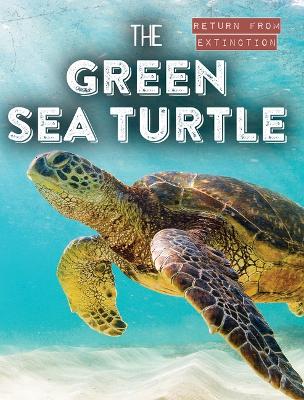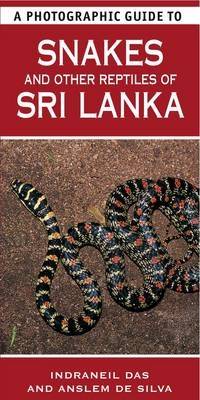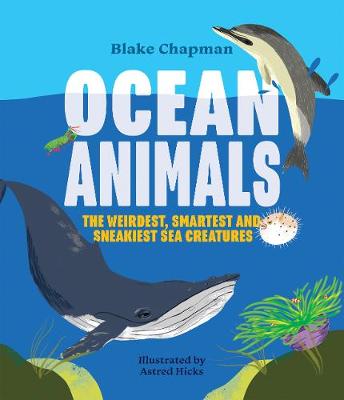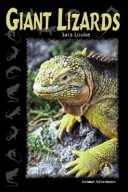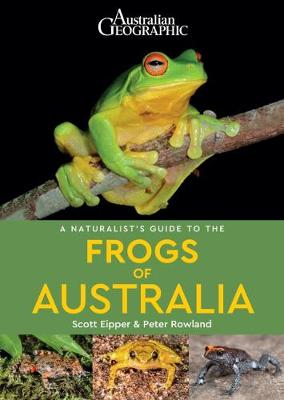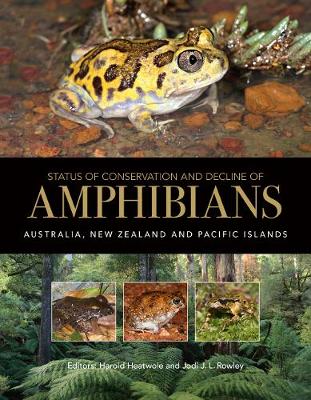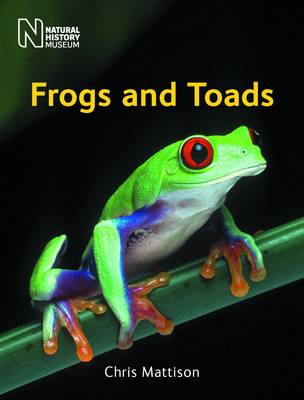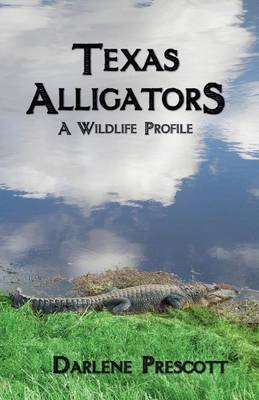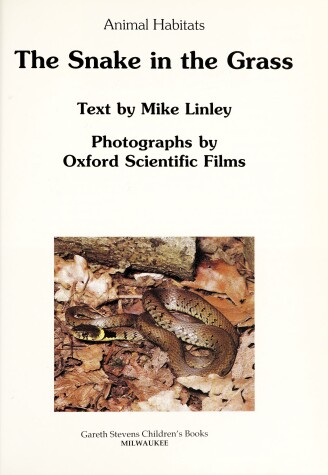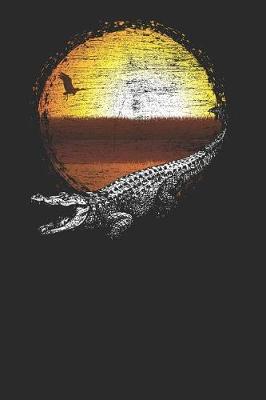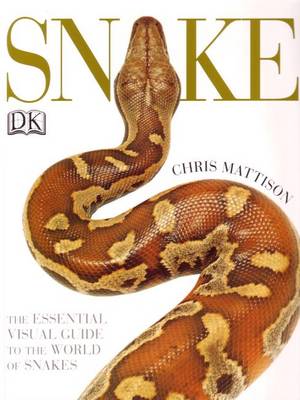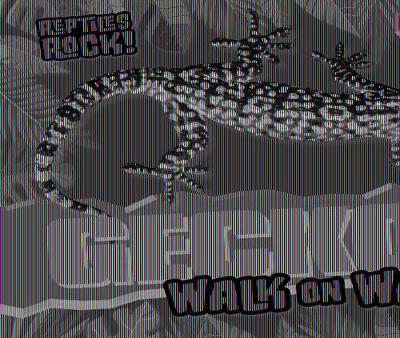Field Guide to the Reptiles and Amphibians of Britain and Europe (Collins Field Guide)
by Nicholas Arnold, etc., BURTON, and Ovenden
SNAKES NATURAL HABITAT
This work displays each species of snake in its natural habitat - from boas, pythons and cobras to rattlesnakes, vipers and others from the jungles, deserts, forests, mountains, oceans and backyards of the world. Easy-to-follow diagrams and charts display facts about geographic range, anatomy, body temperature, colouration and life cycles. The book also covers their origin and evolution, nervous system and sensory organs, growth, reproduction, locomotion, environment and population dynamics.
A Photographic Guide to Snakes & Other Reptiles of Sri Lanka (Photographic Guides)
by Indraneil Das
This useful portable guide - perfect for visitors to this reptile-rich country - provides a comprehensive overview of the wide variety of snakes, lizards, crocodiles, and turtles and tortoises to be found there. More than 150 species, primarily native but with the odd exotic, are included in the book. Each description is supported by a clear colour photograph taken where possible in the reptile's natural habitat. The guide looks at the more common reptiles as well as focusing on some of the rare...
Camaleonte (Fatti Divertenti Sui Rettili Per Bambini)
by Michelle Hawkins
Dive in to the incredible world of ocean animals! Ocean animals are truly awesome. They come in every size, colour and shape imaginable. They are also some of the weirdest, sneakiest and smartest animals on the planet! This book focusses on the features and skills that make these creatures extra-incredible. You will discover animals that are masters of defence and others that use high speeds to eat or avoid being eaten. There are sea creatures that use their size as an advantage, both big and s...
Describes the physical characteristics and behavior of giant lizards such as the iguana and the komodo dragon.
Amphibian Cytogenetics and Evolution
This book appears at a time when molecular cytogenetics is positioned to make a significant impact upon evolutionary studies, enabling problems of chromosomal structure and change to be critically assessed. It is an up-to-date and comprehensive survey of the cytogenetics of a major class of animals, including all three amphibian orders, with chapters authored by international leaders in the field. Amphibian Cytogenetics and Evolution will be of interest to classical and molecular cytogeneticists...
A Naturalist's Guide to the Frogs of Australia (A Naturalist's Guide to)
by Peter Rowland and Scott Eipper
This easy-to-use identification guide to the 280 species of frog most commonly seen in Australia is perfect for resident and visitor alike. High quality photographs from Australia's top nature photographers are accompanied by detailed species descriptions, which include nomenclature, size, distribution, habits and habitat. The user-friendly introduction covers the geography and climate of Australia, types of habitat, and details of orders and families. Also included is an all-important checklis...
Status of Conservation and Decline of Amphibians
Amphibians are among the most threatened groups of animals on earth. In part due to their highly permeable skin, amphibians are highly sensitive to environmental changes and pollution and provide an early-warning system of deteriorating environmental conditions. The more we learn about the impact of environmental changes on amphibians, the better we as humans will be able to arrest their demise, and our own. Status of Conservation and Decline of Amphibians brings together the current knowledge...
With nearly 6,000 species currently identified, frogs and toads are the most familiar and abundant amphibians on the planet. They were the first vertebrates to make a sound, quickly making themselves known by croaking or calling, and they can now be found in most parts of the world. Frogs and Toads is a comprehensive guide to the natural history of these popular and charismatic creatures. Since the first frogs appeared 220 million years ago, they have evolved into 47 unique families. The book d...
The Snake in the Grass (Animal Habitats S.) (Animal Habitats)
by Mike Linley
Text and photographs depict snakes feeding, breeding, and defending themselves in their natural habitats.

